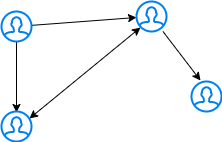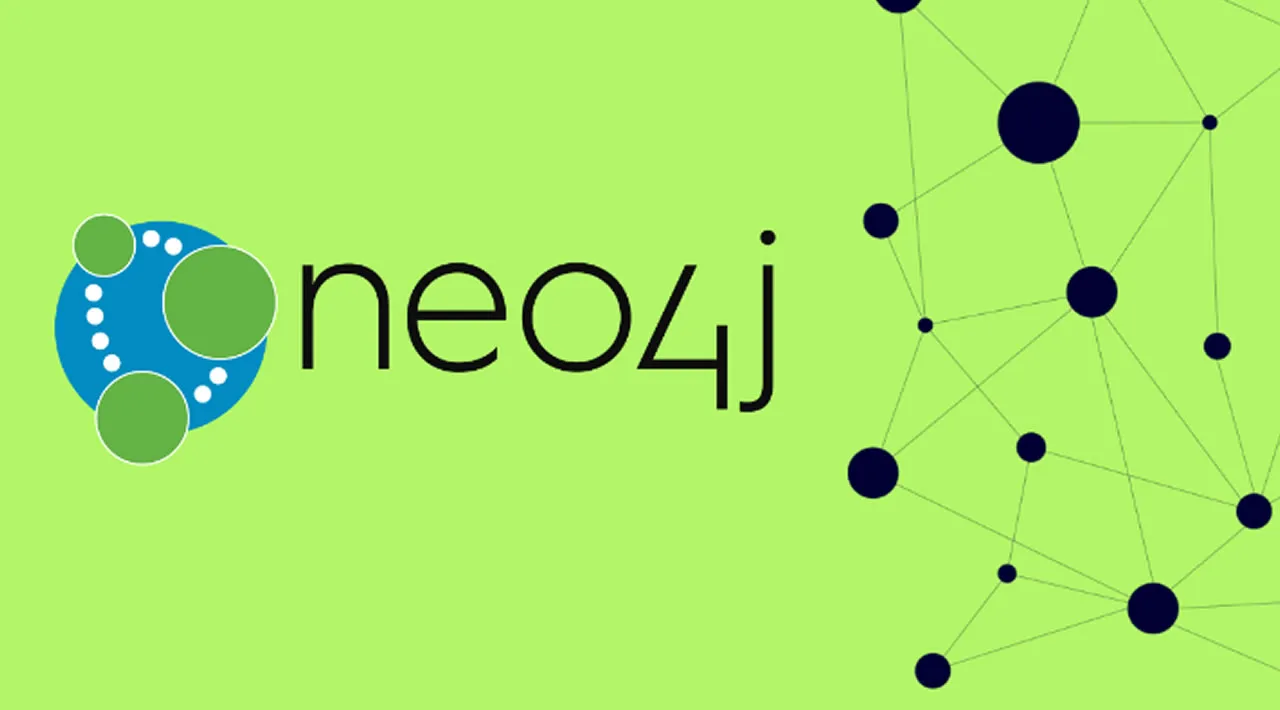We will explore the basic concepts of a Graph Database and then look at some examples of graph data modeling and querying by using Neo4j graph database
Traditionally, a majority of our applications relied on relational database systems (RDBMS) for their data storage needs. But RDBMS systems are not very efficient at handling high volumes of connected data. A graph database is purpose-built to store this category of connected data.
In this article, we will explore the basic concepts of a graph database and then look at some examples of graph data modeling and querying by using the Neo4j graph database.
What is a Graph
We must understand what a graph is before trying to understand a graph database:
A graph is a concept taken from graph theory in Mathematics. It is a data structure composed of a set of nodes (also called vertices) connected by a set of edges. A popular example of a graph is a social network where the members of a network are linked to each other by means of different types of relationships as shown here:

In this diagram, the members of the network are represented by nodes and the edges are the relations between them.
Each node can represent an entity (a person, place, thing, category, or another piece of data).
This graph data structure allows us to model all kinds of scenarios having connected data from a network path to a network of servers, or anything else defined by relationships. We can break down any structure or concept irrespective of complexity into a set of constituent parts that have some relationship to one another.
What is a Graph Database
We can best understand a Graph Database by thinking in terms of the data model. A traditional data model is composed of entities associated with each other with various types of relationships. We visualize this data model with an Entity Relationship Diagram (ERD).
In contrast, we store a graph data structure in a graph data model consisting of vertices or nodes that represent the entities and edges that represent the relationships between these entities.
Similar to a database management system, we perform create, read, update and delete (CRUD) operations in a graph database while working with connected data. However, since relationships are first-class citizens in graph data stores, we do not have to specify data connections using any implementation-specific technique, like foreign keys.
To get a feel of working with a graph database, let us use Neo4j which is a widely used open-source graph database.
Introducing Neo4j Graph Database
Neo4j is an open-source, NoSQL, native graph database supporting ACID transactions. It supports deployment in an environment with high availability and reliability thus making it suitable to store data in production systems. It comes with a community and enterprise edition.
Neo4j also has a good ecosystem of tools for development and for supporting operational activities. It provides drivers and integrators for a wide array of technology stacks for integrating applications running.
#database #graph #neo4j
